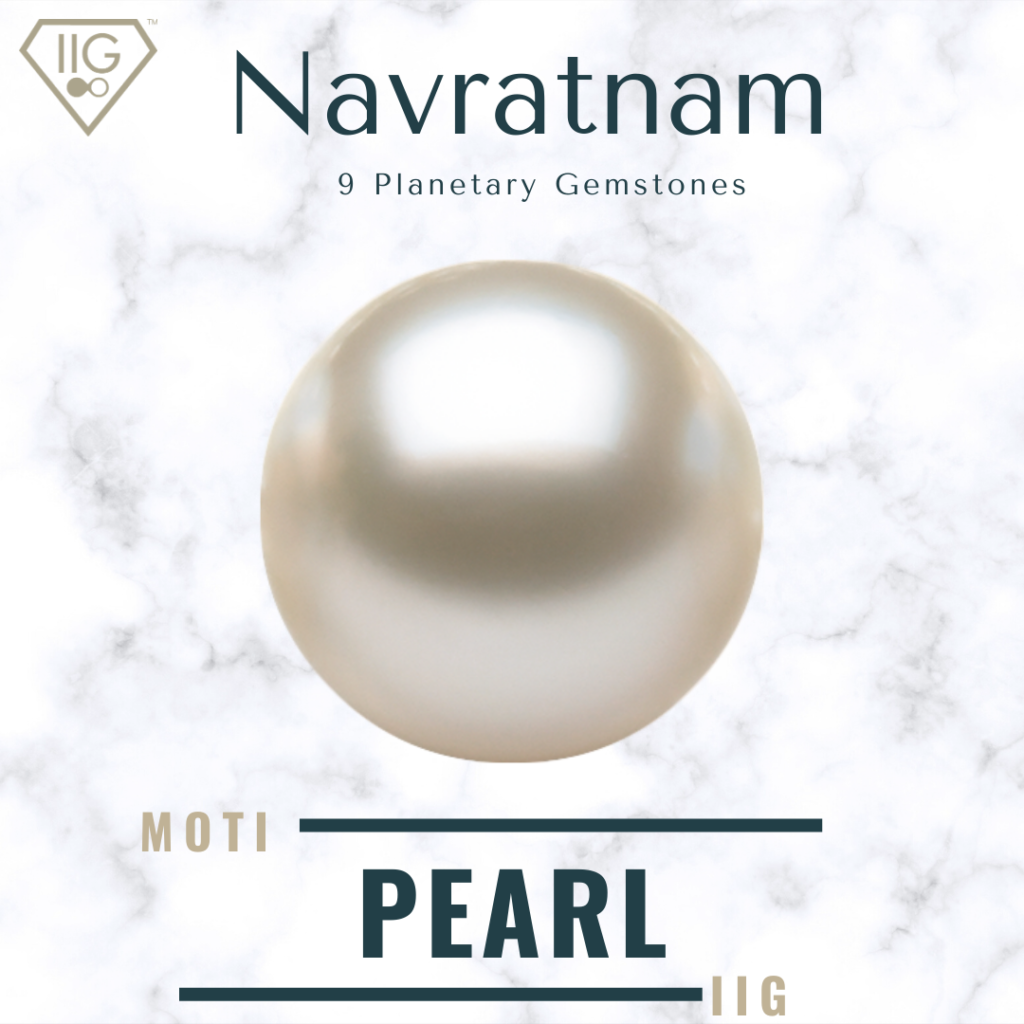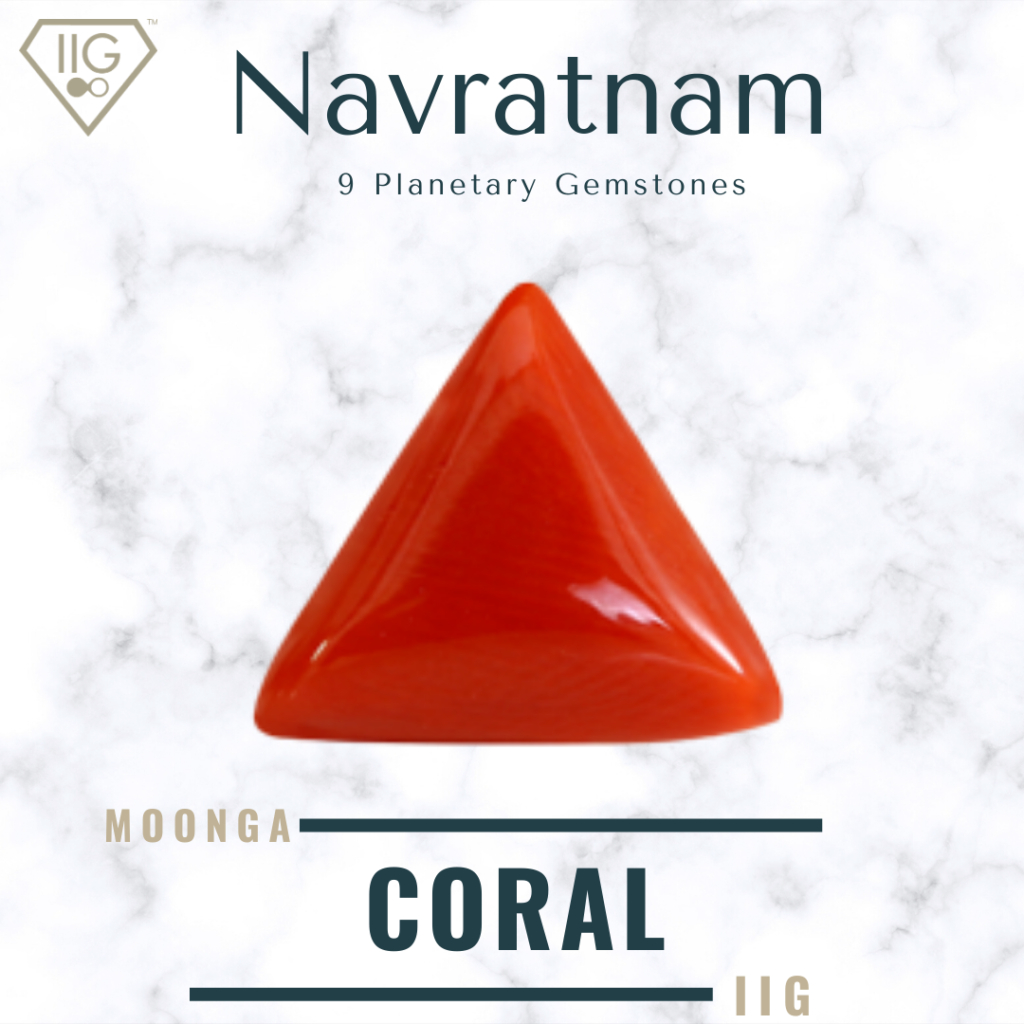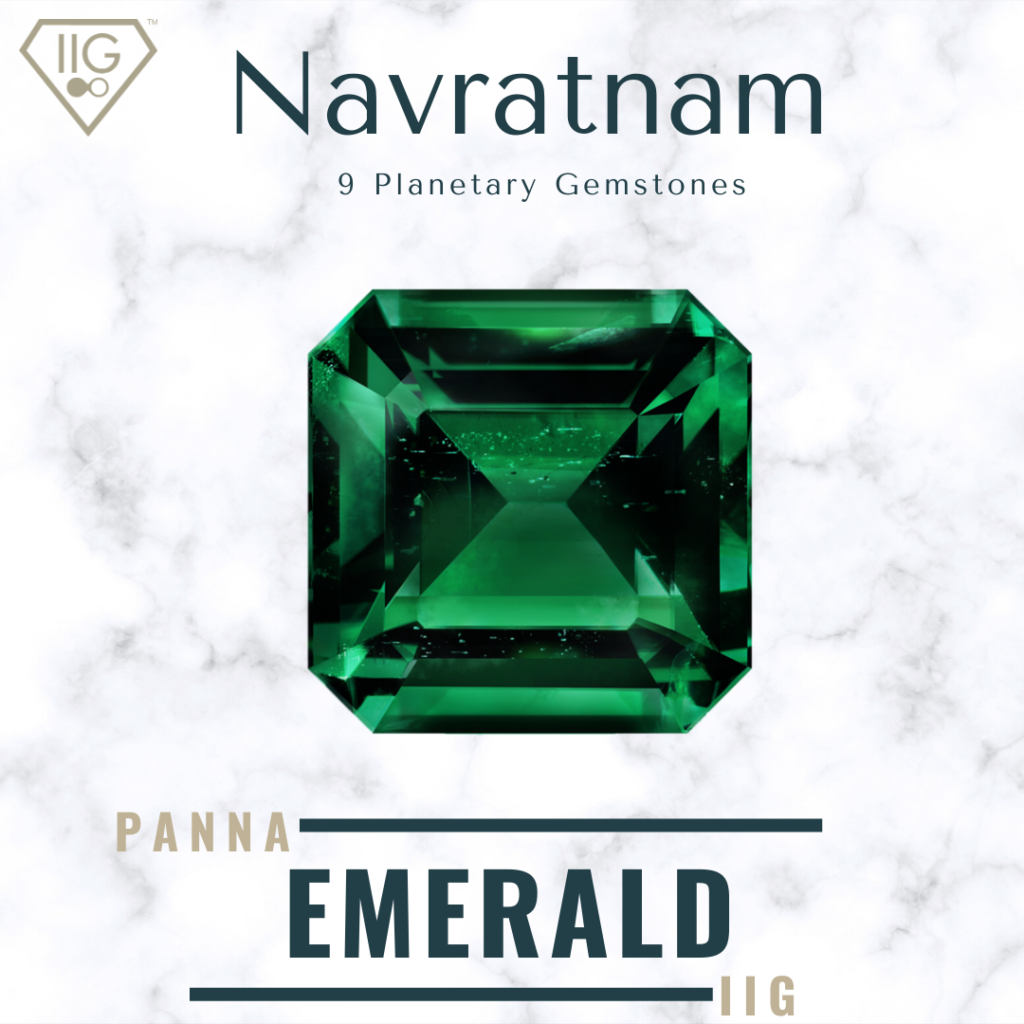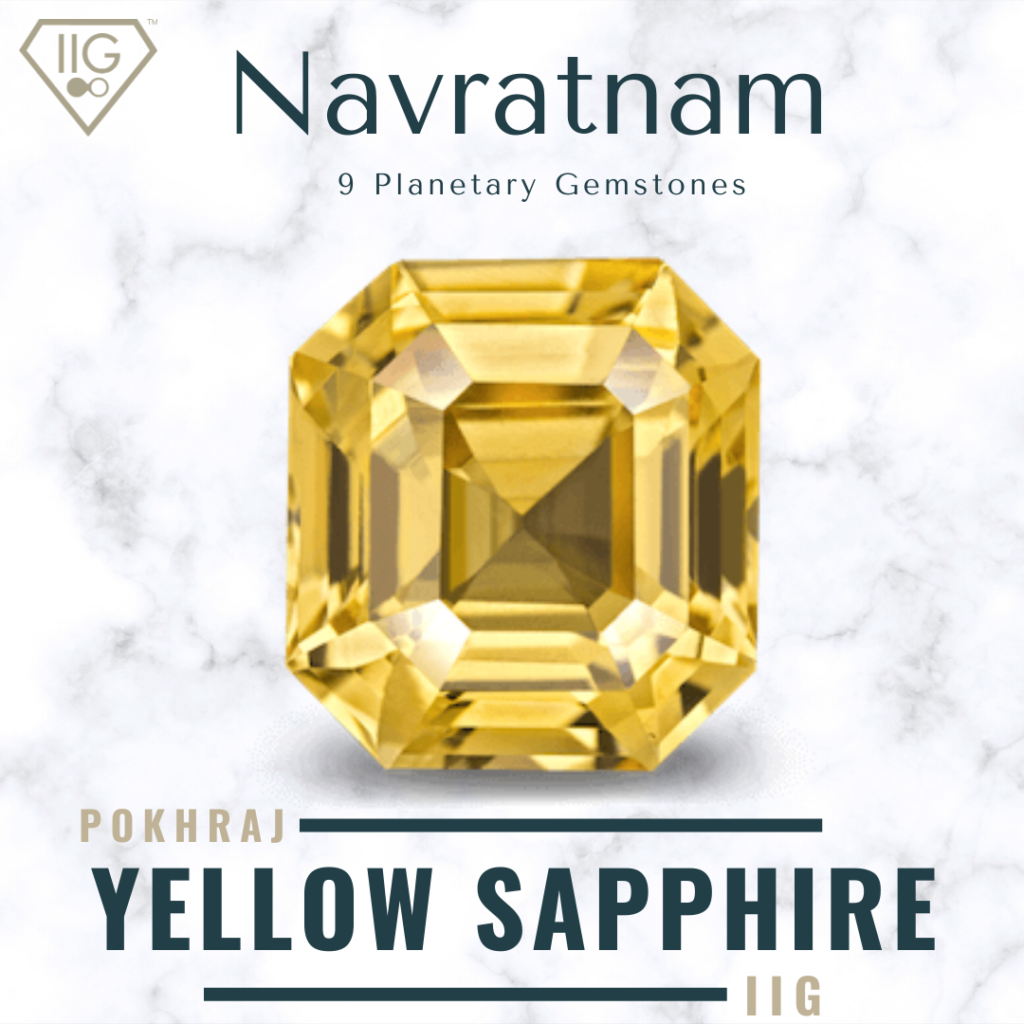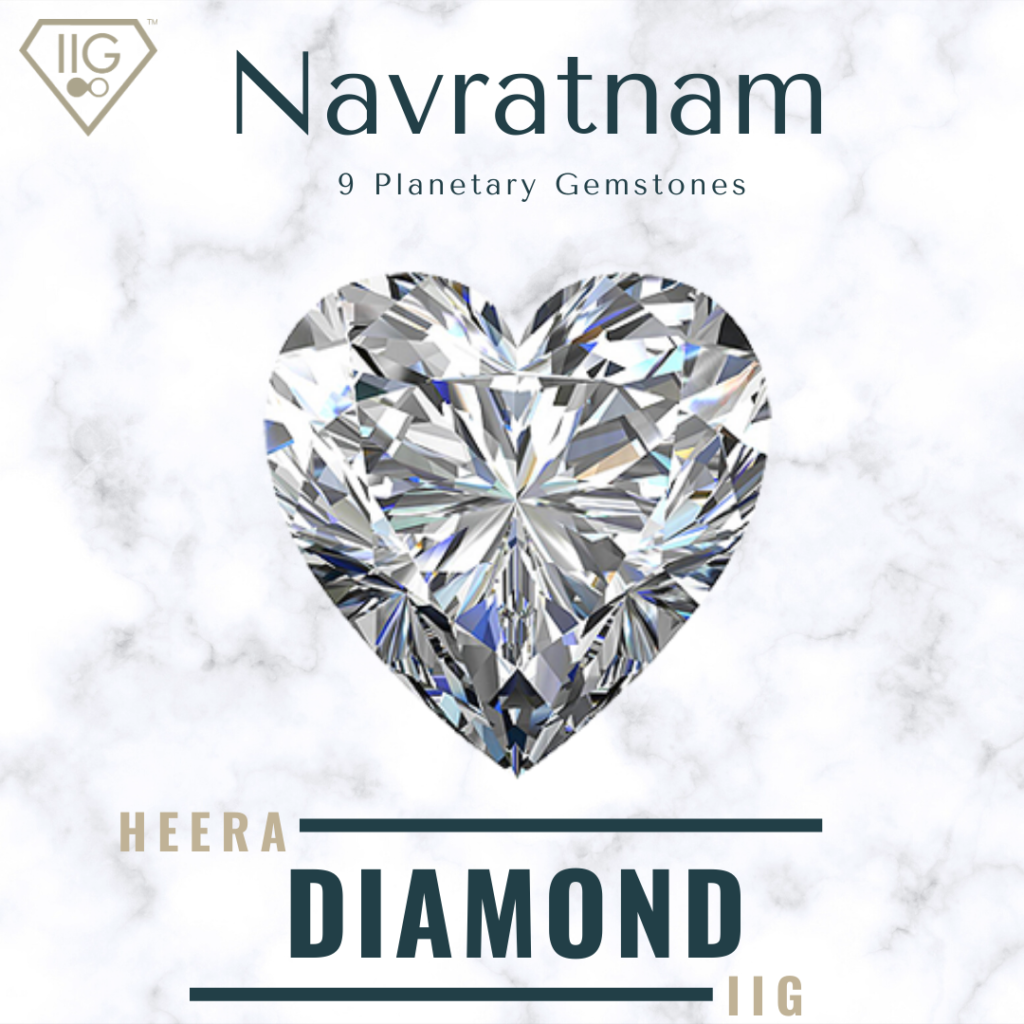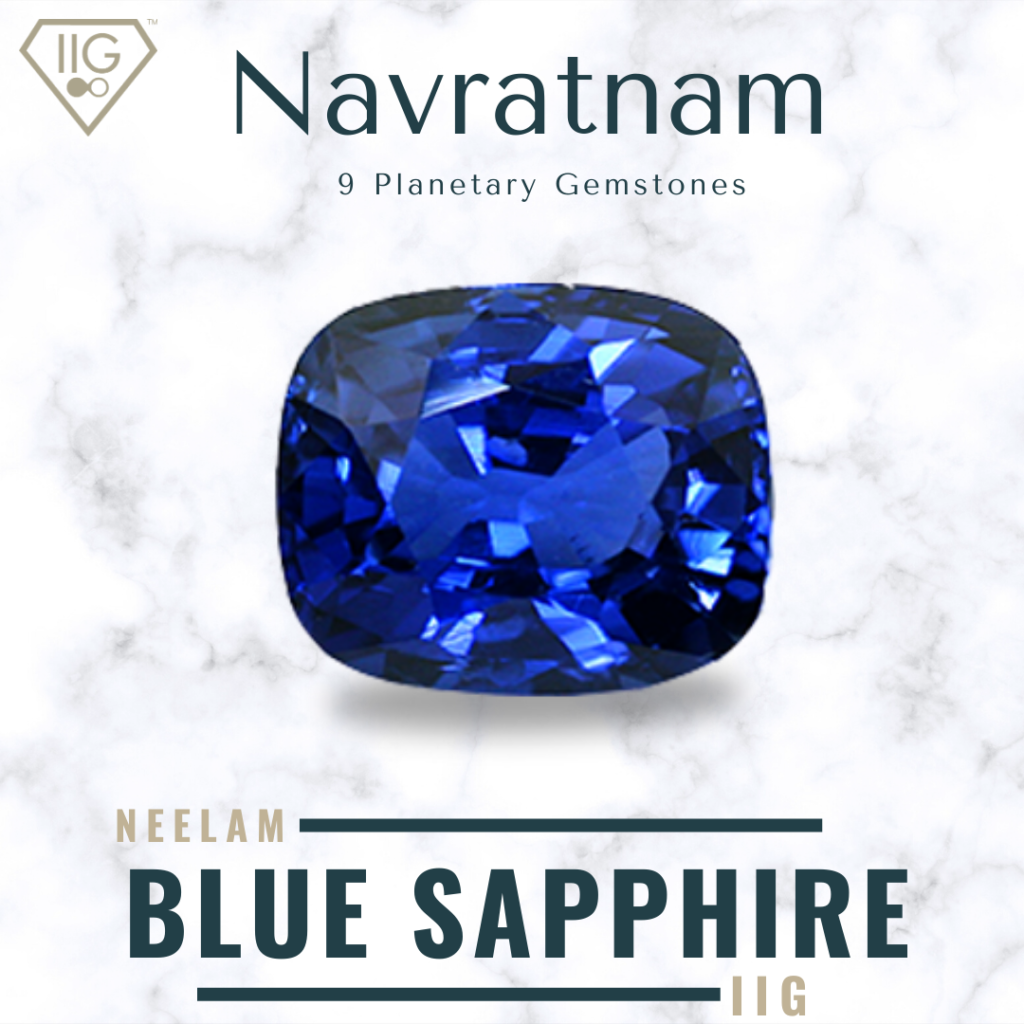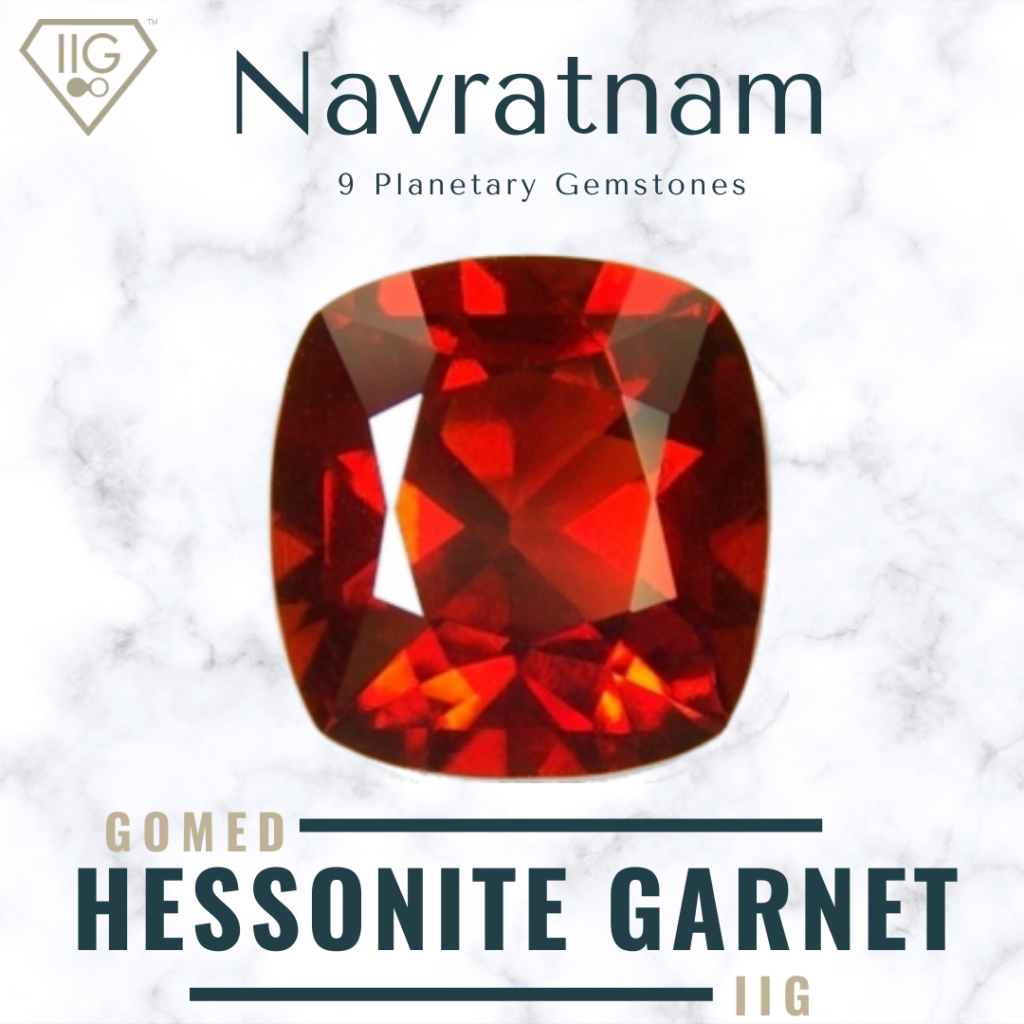INTRODUCTION:
Navaratnam (Sanskrit: नवरत्न) is a Sanskrit compound word meaning “nine gems” or “ratnas”. Jewellery created in this style has important cultural significance in across many southern, and south-eastern Asian cultures as a symbol of wealth, status, and also as having other talismanic benefits to health and wellbeing. The setting of the stones is believed to hold mystical powers, tied to astrology, mythology and intrinsically linked to the Indian religions of Hinduism, Jainism and Buddhism. The ancient origin of the significance behind the nine gems has proved impossible to trace but is inherently tied to mythological concepts around cosmology and astrology and the “Navagrahas”, or “nine celestial gods”.
HISTORY OF PRECIOUS GEMSTONES:-
During the ancient time, Navaratna Jewelry was predominantly worn by the kings and the emperors (Maharaja) in the form of an amulet. The royal rulers in ancient India revered gemstones as Hindu Gods and the Navaratna were implied to represent the universe. The nine gems were considered so powerful that only the kings and emperors were given the privilege of wearing certain types of Navaratna jewelry due to their perceived potency. For example, only the Maharaja and his intimate relations were permitted to wear royal turban ornaments.
GEMS & PLANETS:-
Late Thai astrologer Horacharn Thep Sarikabutr has given the meaning of these nine gems in his Parichad-Jataka (chapter 2, verse 21, page 35–36) translated as follows:
“Top quality and flawless ruby is the gem for the Sun, natural pearl for the Moon, red coral for Mars, emerald for Mercury yellow sapphire for Jupiter, diamond for Venus, blue sapphire for Saturn, hessonite for Rahu (ascending lunar node), and cat’s eye for Ketu (descending lunar node).”

